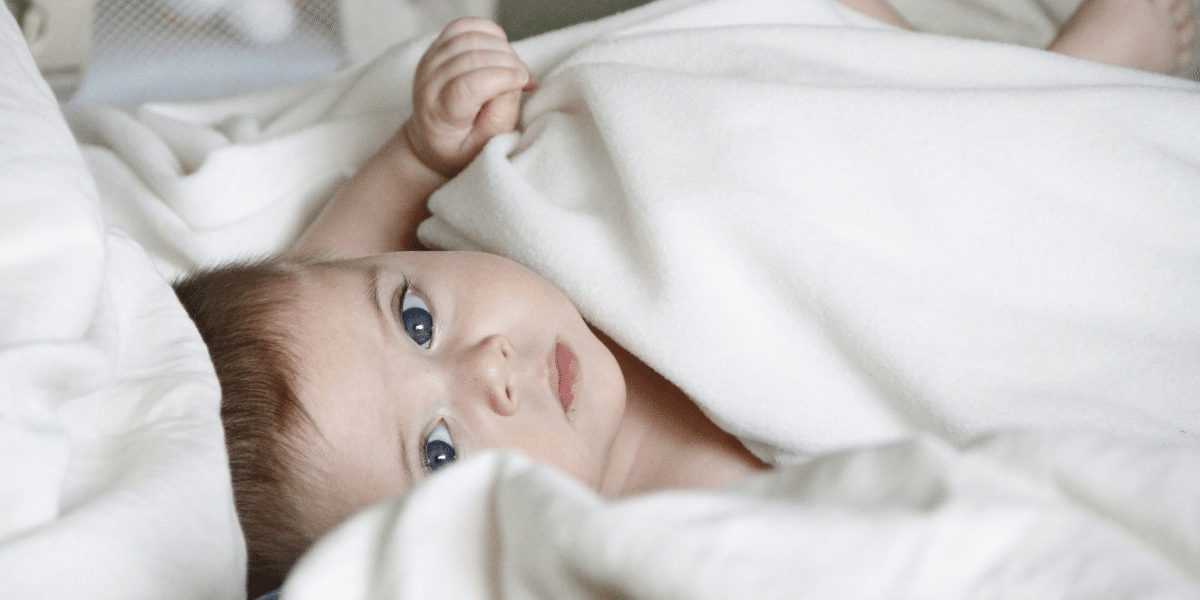A new baby can leave first-time parents utterly overwhelmed by the zillion little clothes that one needs to keep tabs on. Baby clothes are indeed very adorable, but they pile up quickly, and babies may need to be changed several times a day. However, with effective organization and storage, you may notice a big difference: potentially saving time and maintaining a neater space. Here is a guide on how to organize your baby clothes and baby girl clothes so as to have them all in an accessible manner as well as kept in good conditions.
1. Sort by Size and Season
Babies tend to grow really fast, so it’s essential to store the clothes in an organized manner by size. In case you have a combination of sizes, start by sorting everything from a newborn to 12 months or more, depending on what you have. Then, place each size in its own separate piles or bins so that there is no confusion. If one is sorting baby girl clothes, group similar things like dresses or rompers together in each size.
Season-based organization can also be very helpful. Consider storing summer-baby clothes separately and winter clothes in another section. Such an arrangement will allow easy preparation of the right baby clothes for changing weather without digging through piles of clothes.
2. Use of Drawer Dividers for Small Items
Baby clothes come in all sizes: a small item such as socks, hats, and mittens can easily disappear. Be creative with drawer dividers to keep these items organized. Allocate one special drawer for these accessories, and use the divider to section off all the items in socks, hats, and other small stuff. Dividers can help you see what you have, reducing the chances of constantly searching for missing items like socks or hats. They can also help keep each item in its place so that the drawers don’t get a chance to fall into a mess.
3. Hang Outfits to Save Space
If you have a closet for your baby’s clothing, hanging some items can help allocate less space to drawers and shelves. In fact, hanging is great for outfits, dresses, and jackets. For baby girl clothes, hanging keeps delicate dresses and rompers wrinkle-free.
Hang items by size or category using small child-size hangers. Daily clothes should be hung towards the front for easy access. Closet dividers tagged with size and placed throughout can also keep things well-organized, making it easy to see everything at a glance and quickly find an outfit when needed.
4. Use Bins or Boxes for Larger Sizes
Sometimes you’ll realize that the baby outgrows clothes faster than you might have anticipated. To keep things in order, you can have storage bins or boxes of clothing they will grow into. Label each of the bins with the clothing size, such as “6-9 months,” “12 months,” and so on.
This system works especially well for baby girl clothes you want to save for future use or hand-me-downs. It helps keep the baby clothes you’re currently using accessible, while the next sizes are ready whenever needed. When it’s time to switch sizes, you can easily bring out the right bin and pack away the smaller clothes.
5. Develop a Donation or Hand-Me-Down System
Babies grow out of clothes so fast, so you’re definitely going to end up with a heap of stuff that no longer fits. To avoid clutter, designate a place for donations or hand-me-downs. Every couple of months, go through your baby clothes collection and pull out anything they don’t fit into now. If you’re lucky, you may have friends or family members with younger babies. You could pass on gently used baby girl clothes or baby clothes they might need.
You can store outgrown clothes in labeled bins just like new sizes, but if you really do not need them, donating or gifting will be a good way of keeping your space organized at the same time.
6. Extra Storage Using Shelves
Folding blankets, towels, and other baby clothes can be kept on shelves. You may add small baskets or bins to hold things in place. You may use shelving for seasonal baby girl clothes, such as warm jackets or summer swimsuits that you may not need every day but want easy access to.
Another trick is to label the bins or shelves, so you know exactly where everything is. Having a spot for each item will make it easier for you to stay organized and prevent baby clothes from scattering all over the nursery.
7. Rotate Clothes as Your Baby Grows
Frequent rotation of clothes may make it easier to keep everything neat, helping ensure your baby has the right sizes readily available. Store items a size up in the closet or drawers every month or two. Go through and discard items that no longer fit your baby. If you have a little princess, you may want to save at least one favorite from each season to store as keepsakes, but the rest should go. The further ahead you plan, the less crowded things will be when the next season arrives.
8. Label Everything
One of the key elements when you organize baby clothes is labeling. Whether you’re using bins, boxes, or drawers, good labeling can make it simple enough at a glance as to what’s inside. You may label by size, season, or general type of item for easier, quicker access. For example, one drawer might be labeled “Newborn Onesies” and another “6-9 Month Baby Girl Clothes.”
For a bit of fun, you can use colored labels or label maker stickers; everything will be uniform. Clear labeling saves time and lets others in charge know just where everything is.
Summary
Storing baby clothes does not have to be complicated. Everything can be kept neat and organized by using bins, dividers, and labels. Create a system that works for you, and as your baby grows, it’s okay to adjust your approach. With a bit of planning and the right bins, you can quite easily have an organized collection of baby clothes that may make dressing your baby a smoother process.
Whether they are everyday baby clothes or cute little baby girl outfits, these tips can help you keep everything organized while saving time and space.
Published by: Khy Talara



















